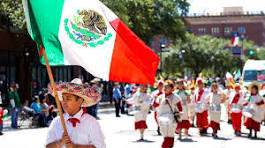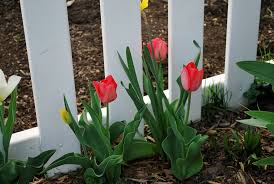Letter to Elon — have you abandoned us?!
May 5, 2025
Dear Elon –
What’s this I hear? You’ve told all those federal employees to stop writing the 5-things-I-did email to you every week? Well, where does that leave me and my jolly band of do-gooder postcard writers? There are hundreds of us ordinary citizens around the country, sending you our weekly cards and letters with the 5 things we each did. What am I to tell them? That our carefully crafted messages to you will be tossed in the trash, that you care more about cars than you do about us? Or – heaven forbid – have we let you down? If we have, I ask you, what more can we do?! We are supporting food depots, human rights organizations, immigrant support groups, candidates running to save democracy; we are protesting, making signs that are very clever, spreading the word and educating people; we are taking care of our neighbors and we are making our communities stronger.
So, Elon, please let us know how you would like us to proceed. We would prefer to keep doing our 5 things each week – some of us are actually addicted and might have a hard time giving it up — but if you want us to stop just let me know. In the meantime, we will just keep chugging along.
And here are my 5-things from last week:
- In honor of Cinco de Mayo, I sent a letter of support to Lalo Alcaraz, the cartoonist of La Cucaracha comic strip. I enjoy it every morning with my coffee. La Cucaracha means cockroach and often there are characters that remind me of you. You should check it out.
- I sent a contribution to Generation Justice. They are a great group that helps young people enter the journalism and media fields. Generation Justice Fellows can work with professionals, learn skills, get inspired and make their voices heard. This is what we need – to turn up the volume on these young voices, don’t you think? I bet your 14 children have a lot to say! I would love to hear it.
- I wrote a thank you letter – it’s really easy and very satisfying, you should try it. I wanted Harvard University to know how pleased I am by their refusal to cooperate with some crazy extortionists that are threatening them with the loss of billions of dollars. Really, these people that are attacking universities are too much! They will bring down our democracy! It seems as if your power is unlimited, so if you see any of them in the halls, please handcuff them and send them straight to El Salvador.
- I organized a community-wide yard sale. Fifteen households participated, isn’t that great? We had fun, recycled probably a ton of used goods, which is good for the environment and the soul. I guess it’s not good for tycoons of industry who would like us to buy new stuff and toss the old in the landfill. Just imagining those dumps full of perfectly good stuff turns my stomach…although a landfill of Tesla trucks might be a pretty sight, all that glistening tin. But, Elon, think of the recycling possibilities – millions of beautiful cookie sheets.
- I met with our 5-things-I-did group here in town for a rousing session. We decided to get trained as” legal observers,” people who know the constitution and local laws and ordinances and can make sure that everyone at rallies, protests, and other gatherings is safe from abuse and unwarranted arrests. Legal observers can serve as witnesses, like a friend who saw some men in masks and camo stop a car, take the driver out and kidnap him, leaving his shocked wife and children in the car. My friend recorded it all on her cell phone and sent it to a local human rights organization. The men tried to stop her and shouted it was illegal to record, but she knew it was her right and she kept on doing it. Isn’t that courageous? I want to be ready to do the same thing.
OK, Elon, that’s it for now. Please let me know if you want me to stop doing my five things each week. If I don’t hear from you, we’re carrying on!
Have a nice Cinco de Mayo!
Lucy
Read More












